-
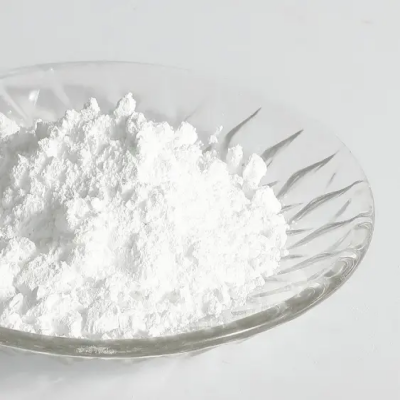
Ezetimibe INT A CAS:189028-95-3
Ezetimibe INT A is a pharmaceutical compound aimed at treating hyperlipidemia, characterized by elevated cholesterol levels. It inhibits intestinal absorption of cholesterol and related sterols by targeting the Niemann-Pick C1-like 1 (NPC1L1) protein, thereby reducing overall cholesterol levels in the bloodstream.
-
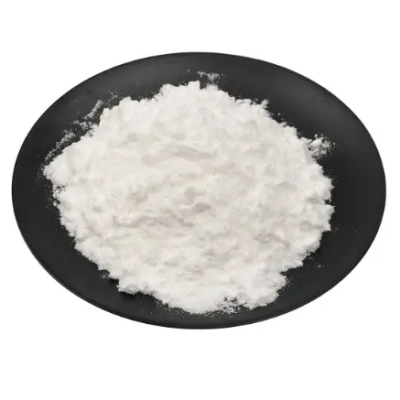
Pramipexole CAS:104632-26-0
Pramipexole is a dopamine agonist used in the treatment of Parkinson’s disease and restless legs syndrome (RLS). It works by stimulating dopamine receptors in the brain, thereby improving motor symptoms in Parkinson’s disease and reducing the uncomfortable sensations in RLS. Pramipexole is available in both immediate-release and extended-release formulations, offering flexibility in treatment options for patients.’
-
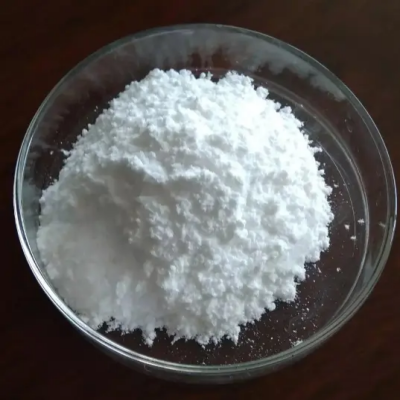
R-Tetrahydropapaverinehydrochloride CAS:54417-53-7
R-Tetrahydropapaverinehydrochloride is a chemical compound primarily used in pharmaceutical research. It is known for its potential applications in the development of medications targeting neurological and cardiovascular disorders. This compound is synthesized and studied for its pharmacological properties, particularly its impact on vascular smooth muscle and neurotransmitter systems. Researchers investigate its potential therapeutic effects in conditions such as hypertension and certain neurological conditions, aiming to harness its pharmacological profile for future clinical applications.
-

4-(4-Aminophenyl)morpholin-3-one CAS:438056-69-0
4-(4-Aminophenyl)morpholin-3-one is a chemical compound with the molecular formula C11H14N2O2. It is also known by its IUPAC name, 4-(4-Aminophenyl)morpholin-3-one. This compound features a morpholine ring substituted with an aminophenyl group at the 4-position.
-
![3-[(2R,5S)-5-(4-Fluorophenyl)-2-[(S)-[(4-fluorophenyl(amino)]][4-[trimethylsilyl]-oxy]phenyl]methyl]-1-oxo-5-[(trimethylsily)-oxy]pentyl]-4-phenyl-(4S)-2-oxazolidinone CAS:272778-12-8](https://cdn.globalso.com/xindaobiotech/3XBLOU_U4EX8J_HKYK9VL827.png)
3-[(2R,5S)-5-(4-Fluorophenyl)-2-[(S)-[(4-fluorophenyl(amino)]][4-[trimethylsilyl]-oxy]phenyl]methyl]-1-oxo-5-[(trimethylsily)-oxy]pentyl]-4-phenyl-(4S)-2-oxazolidinone CAS:272778-12-8
3-[(2R,5S)-5-(4-Fluorophenyl)-2-[(S)-[(4-fluorophenyl(amino)]][4-[trimethylsilyl]-oxy]phenyl]methyl]-1-oxo-5-[(trimethylsily)-oxy]pentyl]-4-phenyl-(4S)-2-oxazolidinone is a complex chemical compound with the molecular formula C34H41F2N3O6Si2. It is a derivative of oxazolidinone known for its structural complexity and potential pharmaceutical applications.
-

4-hydroxythiobenzamide CAS:25984-63-8
4-Hydroxythiobenzamide is a chemical compound known for its structural arrangement featuring a hydroxy group attached to a thiobenzamide core. It is utilized in organic synthesis and chemical research due to its distinctive functional properties and potential applications in various scientific disciplines.
-
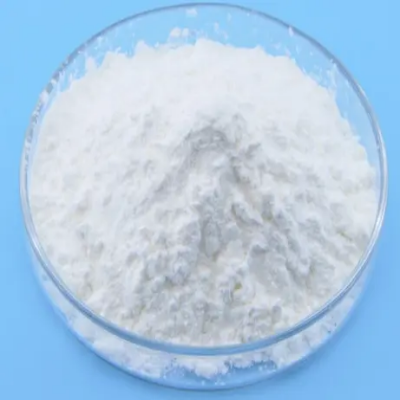
(S)-4,5,6,7-Tetrahydro-2,6-benzothiazolediamine CAS:106092-09-5
(S)-4,5,6,7-Tetrahydro-2,6-benzothiazolediamine is a chemical compound recognized for its structure featuring a benzothiazole core and an amine functional group. It is studied for its potential applications in pharmaceutical research and organic synthesis, owing to its unique molecular arrangement.
-

Bupivacaine CAS:2180-92-9
Bupivacaine is a long-acting local anesthetic that belongs to the amide class of medications. It works by blocking nerve signals in the body, leading to numbness or loss of sensation in a specific area. Bupivacaine is commonly used for pain relief during surgical procedures, childbirth, and other medical interventions. It is also used for managing pain after surgery and for certain chronic pain conditions. Bupivacaine is administered by injection and is known for its potent and long-lasting effects in providing pain relief.
-

Atracurium oxalate CAS:64228-78-0
Atracurium oxalate is a pharmaceutical compound used as a neuromuscular blocking agent in anesthesia. It is a derivative of atracurium besylate, designed for intravenous administration during surgeries to induce muscle relaxation. This compound acts by competitively binding to cholinergic receptors at the neuromuscular junction, thereby inhibiting the transmission of nerve impulses and causing temporary paralysis of skeletal muscles. Atracurium oxalate is valued for its rapid onset and intermediate duration of action, making it suitable for various surgical procedures requiring controlled muscle relaxation.
-

Ethyl 2-(4-hydroxyphenyl)-4-methylthiazole-5-carboxylate CAS:161797-99-5
Ethyl 2-(4-hydroxyphenyl)-4-methylthiazole-5-carboxylate is a chemical compound with applications in pharmaceutical research and organic synthesis. It belongs to the thiazole family and is characterized by its substituted phenyl and ester functional groups. This compound is studied for its potential biological activities and is synthesized for various research purposes in medicinal chemistry.
-
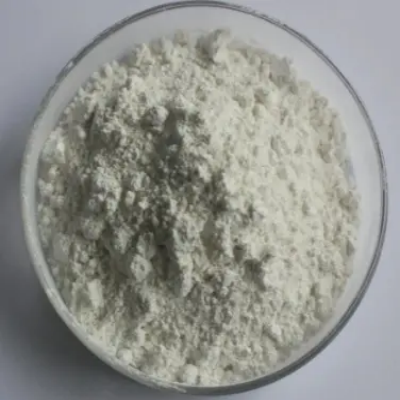
2,6-Diamino-4,5,6,7-tetrahydrobenzothiazole CAS:104617-49-4
2,6-Diamino-4,5,6,7-tetrahydrobenzothiazole is a chemical compound known for its structure featuring a benzothiazole core and two amino groups. It is recognized for its potential applications in pharmaceutical research and organic synthesis, due to its unique molecular configuration.
-
![4-[[(4-Fluorophenyl)imino]methyl]-phenol CAS:3382-63-6](https://cdn.globalso.com/xindaobiotech/6F9ALJKAT3RG10ML9MTKPB18.png)
4-[[(4-Fluorophenyl)imino]methyl]-phenol CAS:3382-63-6
4-[[(4-Fluorophenyl)imino]methyl]-phenol, with the molecular formula C13H10FNO, is a chemical compound known for its aromatic structure. It features a phenol ring substituted with an iminomethyl group attached to a fluorophenyl moiety.

